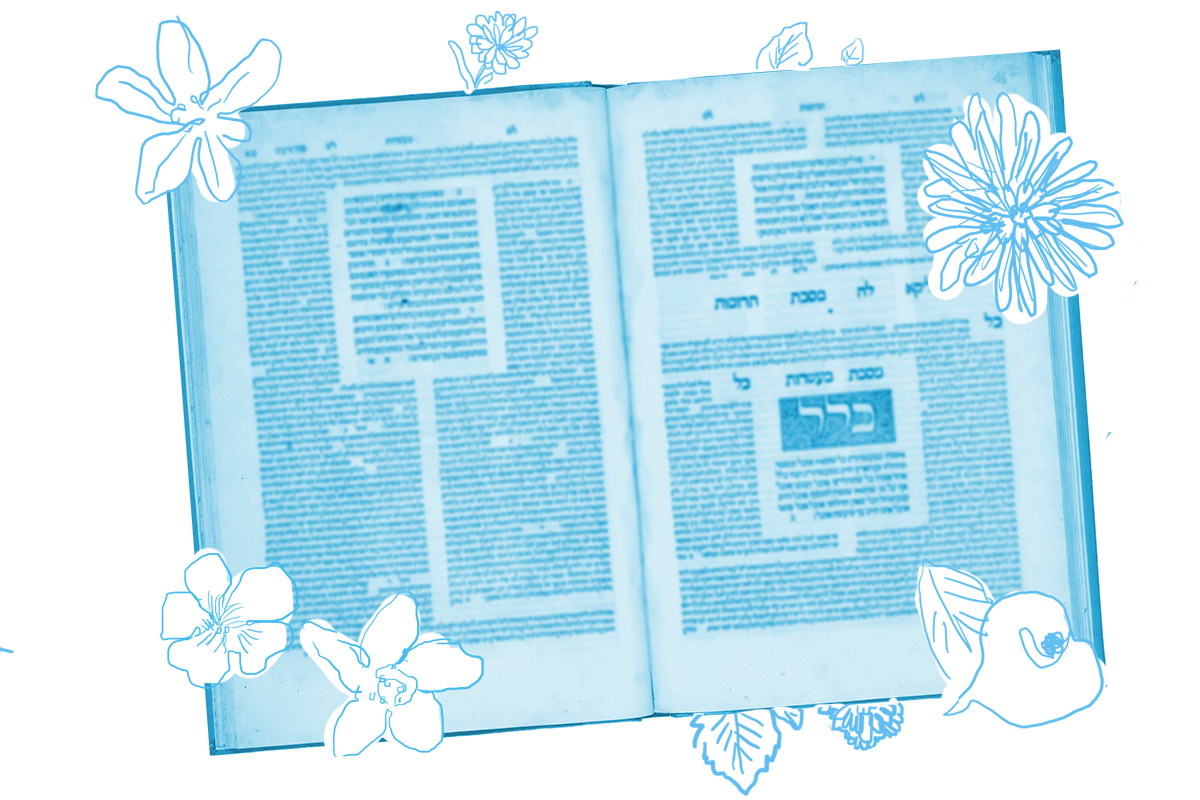On Gittin 39, we saw that the rabbis dislike, and try to mitigate against, any legal actions that put an enslaved person into a limbo status between slave and free. Today, we will get an even more concrete demonstration of the problems of limbo status when it comes to slavery.
As we saw yesterday, the mishnah explored the status of someone who is half-enslaved. This might happen if, for instance, a person was jointly owned by two masters and only one master emancipated the slave. In such a case, Beit Hillel ruled that the half-slave should serve their master on one day and serve themself on the other day. But Beit Shammai argued that this doesn’t work — not because the financial arrangement is untenable, but because of the problem of their personal status: A half slave can’t marry another slave or a free person.
On today’s daf, the Talmud returns to interrogate the legal and personal consequences of being a half slave:
If someone who was half slave, half freeman, was gored by an ox on the day (he worked for) his master, damages are paid to his master. If it was on his own day, it is paid to the slave himself.

Help us keep Jewish knowledge accessible to millions of people around the world.
Your donation to My Jewish Learning fuels endless journeys of Jewish discovery. With your help, My Jewish Learning can continue to provide nonstop opportunities for learning, connection and growth.
This ruling assumes Beit Hillel’s time-share model of half slavery and so the payment for damages goes to either the slave or the master based on what day the accident happened. However, this ruling is obviously problematic. After all, the slave only has one body! Even if he or she has two legal realities on alternating days, the damage to the slave’s body persists beyond his work schedule.
The Gemara poses a hypothetical question, which challenges the time-share model:
However, if that is so (if he is viewed as entering and leaving a state of slavery each day) then on the day of his master he should be able to marry a maidservant and on his own day he should be able to marry a free woman.
This proposition is hypothetical and is not actually seeking to find a way for the half slave to marry while in limbo; rather, it is pointing up the absurdity of the whole model. After all, he can’t be husband to two different women on alternate days.
The Gemara solves this problem by drawing a distinction between monetary laws and marital laws. When it comes to monetary laws, including payment for damages, the rabbis suggest we should evaluate the slave as having two distinct identities depending on the day. But in terms of the laws of marriage, he remains stuck in limbo, neither free nor slave.
At the root of this discussion is this question: Does the half slave hold two alternating identities? Or is he a single being with a problematic in-between status? And while the rabbis settle on a legal solution that splits marriage law from financial productivity, the case of damages lays bare both the conceptual problem and the injustice of the situation. This admixture is probably what led Beit Shammai to insist that even if it is legally tenable, it is not humane to leave a person in this kind of limbo. And ultimately, Beit Hillel agrees
Read all of Gittin 42 on Sefaria.
This piece originally appeared in a My Jewish Learning Daf Yomi email newsletter sent on June 27th, 2023. If you are interested in receiving the newsletter, sign up here.



